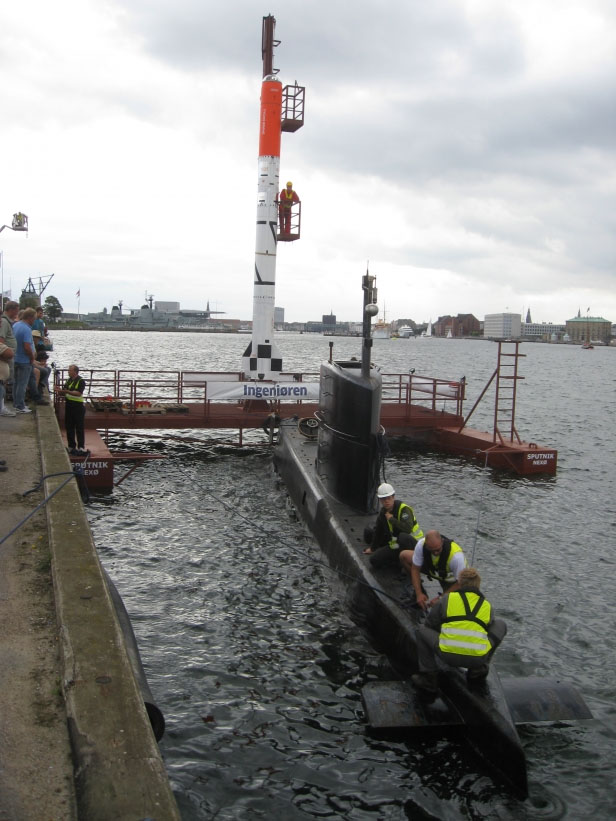New space race is on: private versus private spacecraft

In the 1960s, the space race was between the US and Soviet Union, both sponsoring massive multi-billion-dollar government programs to get humans into orbit and eventually to the moon, or at least out to space stations. Now, the race is on again, but this time, it's between private, commercial ventures.

My colleague here at SmartPlanet, Deborah Gage, just posted an interesting piece on the history of private versus public space exploration, channeling the thought-provoking observation by NASA economist Alexander MacDonald that in the long run, privately funded spaceflights are more the norm than an aberration.
Still, Deborah says, it's important to maintain or increase public funding of space exploration, especially for the advancement of scientific research.
Agreed. But it's really amazing to watch a whole new industry in private space travel unhatching, led by adventurers and entrepreneurs. We've talked about developments with the Virgin Galactic program here and here at the SmartPlanet site, and it appears Virgin will be leading the way with regularly scheduled suborbital space flights for the masses. (At least the masses who can pony up $200,000 per ticket.)
And, over in Denmark, another remarkable effort in private space flight is unfolding as well. According to a report in Discovery, a group of amateur rocket builders -- the Copenhagen Suborbitals -- plan to test their human space launch vehicle any day now from the Baltic Sea. The possible launch date for their vehicle, dubbed HEAT-1X-Tycho Brahe, will be this Saturday, September 4th.
(UPDATE The September 4th launch was aborted due to a jammed liquid oxygen valve. The launch window lasts through September 17th, according to Copenhagen Suborbitals.)
For the first set of flight, crash dummies will be flown, but the spacecraft designers intend to send humans up into suborbital flights in 10 years. The economics are interesting as well: the group estimates they can build manned spacecraft at a cost of about $64,000.
By the way, this is no lightweight group of amateurs. One of the chief founders, Kristian von Bengtson, worked on NASA spacecraft through US contractors previously in his career.
The venture almost has an open source feel to it, as a nonprofit, volunteer-driven operation promising to test and develop a new generation of "micro-sized" spacecraft. As Copenhagen Suborbital explains on its Website:
"Our mission is to launch a human being into space.... We are working fulltime to develop a series of suborbital space vehicles - designed to pave the way for manned space flight on a micro size spacecraft."
According to Copenhagen, two rocket vehicles are under development. The first is a small unmanned sounding rocket, named Hybrid Atmospheric Test Vehicle or HATV; and a larger booster rocket named Hybrid Exo Atmospheric Transporter or HEAT, designed to carry a micro spacecraft into a suborbital trajectory in space. The HEAT micro spacecraft is scheduled for its first test in the Baltic this week.
(Photo credit: Copenhagen Suborbitals.)
This post was originally published on Smartplanet.com